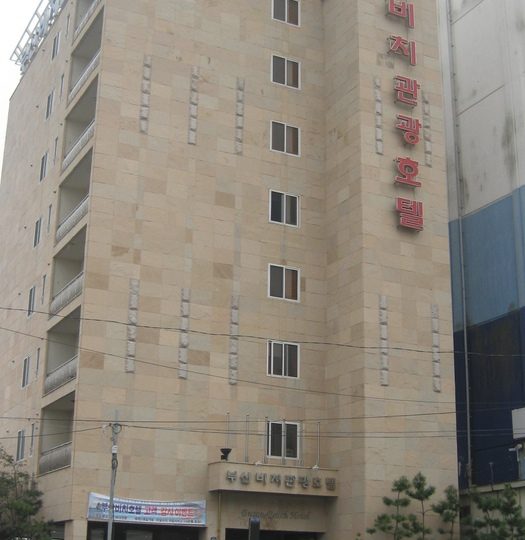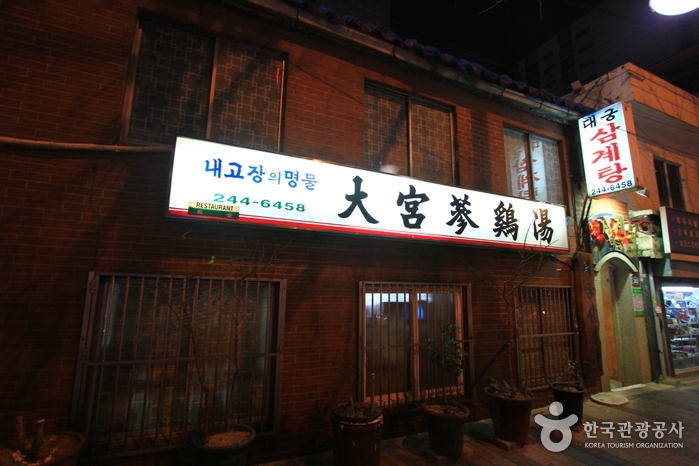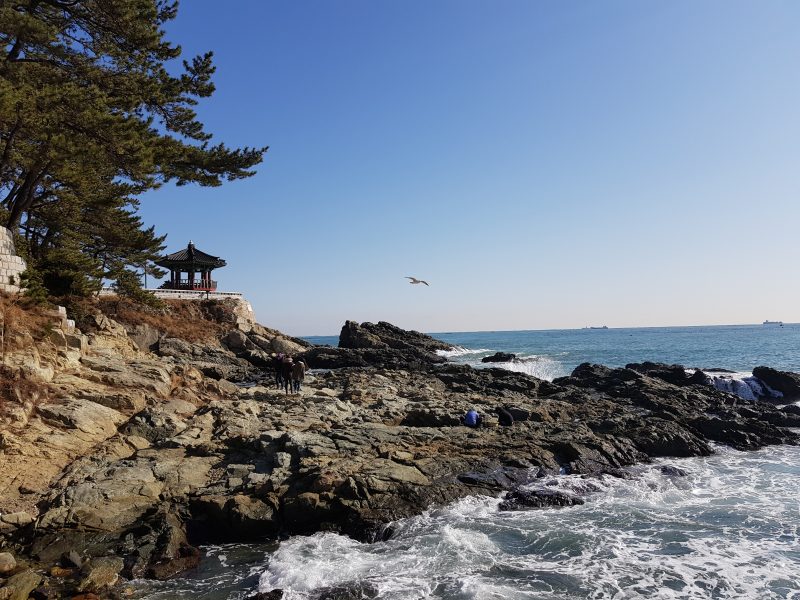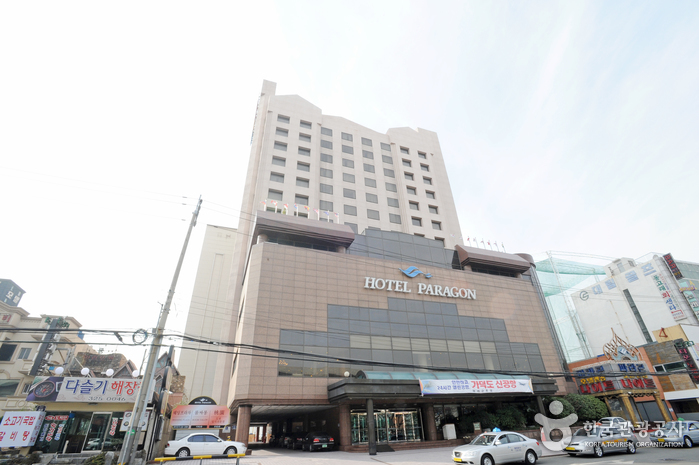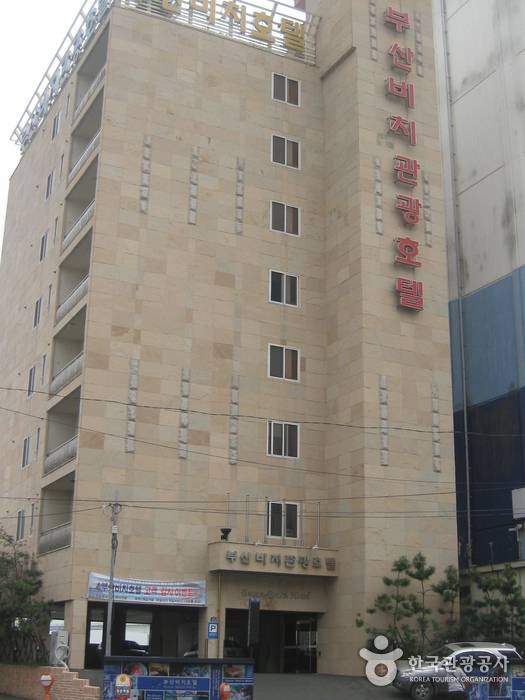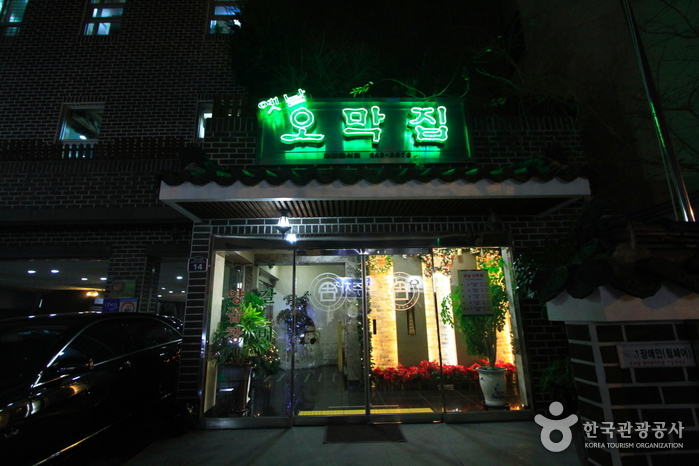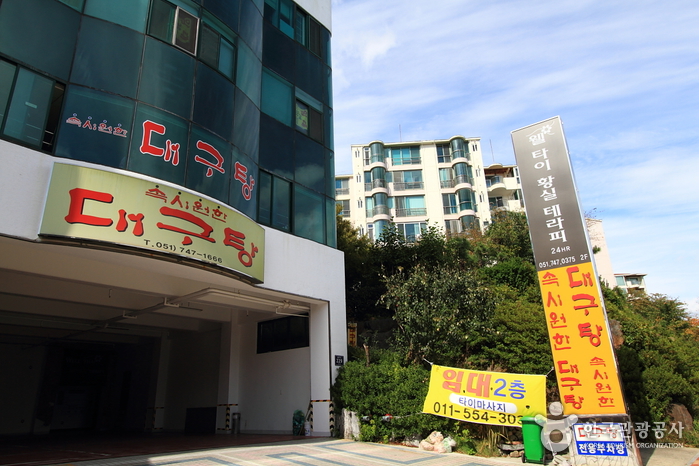Seo-gu is a district located in the southwestern part of Busan, South Korea. It is bordered by Jung-gu and Dong-gu to the east, Sahagu to the west, and Busanjin-gu to the north. It is also connected to the South Sea in the south. Seo-gu has a rich tourism resource with its coastal areas. One of the popular attractions is Du Island, located in front of Amnam-dong. It is a favorite spot for fishing enthusiasts and is known for its abundant catch of fish such as nori and bollaeng.
Another must-visit destination in Seo-gu is Songdo Beach, the oldest beach in Busan, which was developed by the Japanese in 1931. It is located across from Songlim Park, and tourists can enjoy the cable car ride from the western mountain to the parks Cloud Bridge. In the eastern part, there is also a rocky island called Geobukseom, named after its resemblance to a turtle.
For those interested in history, the Bumin-dong Temporary Capital Memorial Hall is worth a visit. During the Korean War, the Busan Temporary Capital was established in Bumin-dong, using the Gyeongsangnam-do Provincial Office as the central government office and the governors residence as the presidential office. After the Gyeongsangnam-do Provincial Office moved to Changwon in 1983, the building was purchased by Busan City and converted into a memorial hall displaying various photographs and materials from the Korean War. It was designated as a historic site in 2018.
Seo-gu is also known for its traditional markets. The Saebuksijang, or the Dawn Market, in Nambumin-dong opens every day from around 2-3 am and closes around 9 am. While it mainly focuses on agricultural and fishery products, it attracts not only local farmers and vendors but also people from other markets and stores who sell makgeolli (rice wine), hangover soup, and beef bone soup. The Dawn Market is famous nationwide as it is the first market to open its doors in Busan every day.
For cultural and art festivals, Seo-gu hosts various events throughout the year. Some notable festivals include the Hyeonin Gayoje (Hyeonins Song Festival), Songdo Sea Festival, Songdo Haesang Daljip (Moonlight House) Festival, and Gudeokgol Cultural Arts Festival. Hyeonin Gayoje is a festival that commemorates Hyeonin, the first-generation pop singer from Busan. The Songdo Sea Festival is held every year from August 1st to 3rd at Songdo Beach and includes beach concerts, a sea parade, seafood tasting contests, sand sculpture exhibitions, and traditional wrestling competitions. The Gudeokgol Cultural Arts Festival takes place in October at Gudeok Campground and the Education History Museum.
For history and art lovers, the Dong-A University Museum located in Dongdaesin-dong houses numerous national treasures and cultural artifacts. It was established in 1959 and moved to its current building in 1966. The museum has over 23,000 artifacts, including one national treasure, eleven treasures, and various regional cultural properties, metal and pottery products, calligraphy and painting replicas, Buddhist statues, and excavated cultural relics. Additionally, the Gudeok Folk Art Museum, located in Dongdaesin-dong, is a municipal art museum that opened in 1991.
Sports facilities and parks also abound in Seo-gu. Gudeok Sports Park, located in Dongdaesin-dong, used to be the central sports facility in Busan before Sajik Sports Complex was built. It was established in 1920 as a public sports field and hosted various sports events, commemorative ceremonies, and martial arts tournaments. In 1982, it was renamed Gudeok Sports Park when Sajik Sports Complex opened in Sajik-dong. In October 1988, it hosted soccer matches during the Seoul Olympics.
For nature enthusiasts, the Janggun Mountain area in Amnam-dong is designated as a natural park. The park was established in 1972 and is known for its untouched natural state and diverse marine plant life. The Songdo Beach in Amnam-dong, developed by the Japanese in 1913, has been a popular destination for beachgoers. The beach is known for its pine trees, which gave it the name Songdo, meaning pine island. The cable car connecting Geobukseom and the western mountain of the beach, with a length of 420 meters, was installed in 1964.
Why visit Seo-gu:
- Rich coastal areas with beautiful beaches and islands, perfect for fishing and beach activities.
- Songdo Beach, the oldest beach in Busan, offers stunning views and a cable car ride across the beach to Songlim Park.
- Bumin-dong Temporary Capital Memorial Hall provides insights into Busans history during the Korean War.
- Experience the vibrant atmosphere of traditional markets at the Saebuksijang (Dawn Market).
- Enjoy various cultural and art festivals throughout the year, including Hyeonin Gayoje, Songdo Sea Festival, and Gudeokgol Cultural Arts Festival.
- Explore the Dong-A University Museum and Gudeok Folk Art Museum to appreciate the regions rich history and art.
- Visit the Gudeok Sports Park, a historical sports facility in Busan, and enjoy outdoor activities.
- Experience the beauty of nature at Janggun Mountain, designated as a natural park, and enjoy the serene ambiance of Songdo Beach.
Plan your visit:
- Best Time to Visit: The best time to visit Seo-gu is during the summer months (June to August) for beach activities and festivals. Spring (April to May) and autumn (September to November) offer pleasant weather for outdoor exploration.
- Transportation: Seo-gu is easily accessible by public transportation. Take the subway Line 1 and get off at Seodaesin Station or Dongdaesin Station to explore the district. Buses and taxis are also available for convenient transportation within Seo-gu.
- Language: The official language spoken in Seo-gu is Korean. English may be limited, so it is helpful to learn some basic Korean phrases or carry a translation app.
- Currency: The currency used in South Korea is the South Korean won (KRW). Credit cards are widely accepted, but it is advisable to carry some cash for small establishments or street markets.
- Safety: Seo-gu is a generally safe district. However, it is always recommended to take standard safety precautions and be aware of your surroundings, especially in crowded areas or at night.
With its beautiful coastline, rich history, and vibrant cultural offerings, Seo-gu is a fantastic destination for travelers seeking a mix of natural beauty, cultural experiences, and beach activities.


